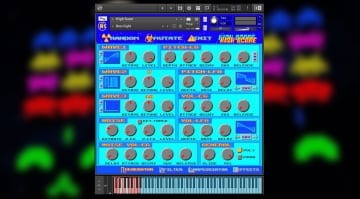

We’ll use the same image from previous post. We will also use a “Real World” image to display results. This will assist us analyze what happens exactly on every single Photoshop operation done since all operations are Pixel Wise. The red box contains the line which will be processed as one dimensional function. The synthetic image above is a perfect Grayscale Gradient of 8 Bit Image created programmatically. Hence a Reference Image is needed (Feel free to download it and replicate the tests and analysis).


This posts will include many hands on tests in Photoshop. We will also talk about the trade off in the essence of each Luminosity Mask creation - Smooth vs. The theory basically sums to the fact that Luminosity Mask is a remapping of values of a Graysacle image. In order to show how to avoid them we’ll suggest an idea and an implementation in the form of a Photoshop Plug In named - Fixel Zone Selector. We will see that utilizing Photoshop’s engine to create Luminosity Masks in the methods used by most create some artifact we better avoid. In this post, as promised at the end of previous post, we will explore what happens behind Photoshop based Luminosity Mask generators. In our previous post Luminosity Mask - How Does It (Really) Work? we explained the theory behind Luminosity Mask. Luminosity Mask Done Right! 30 November 2018


 0 kommentar(er)
0 kommentar(er)
